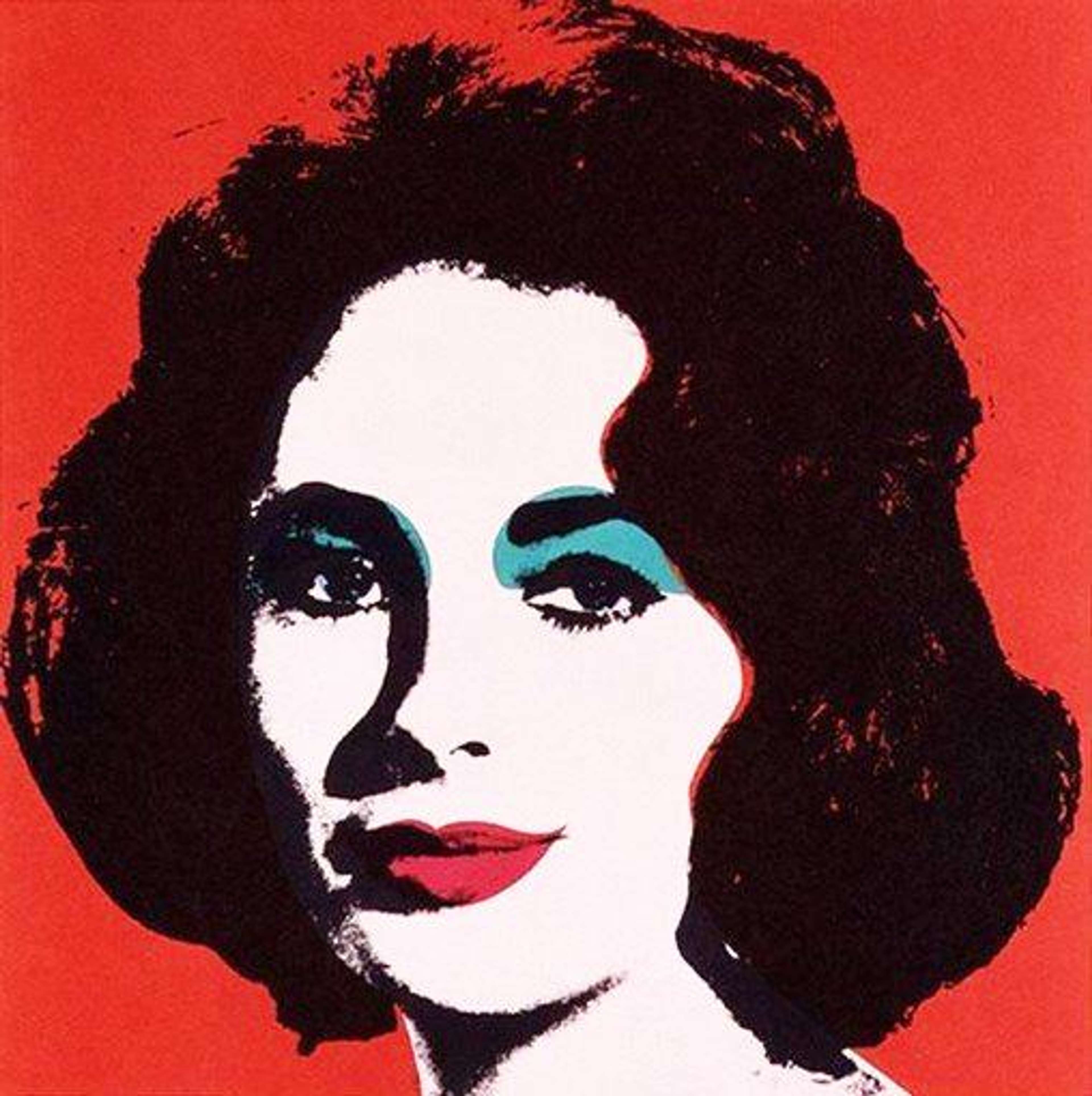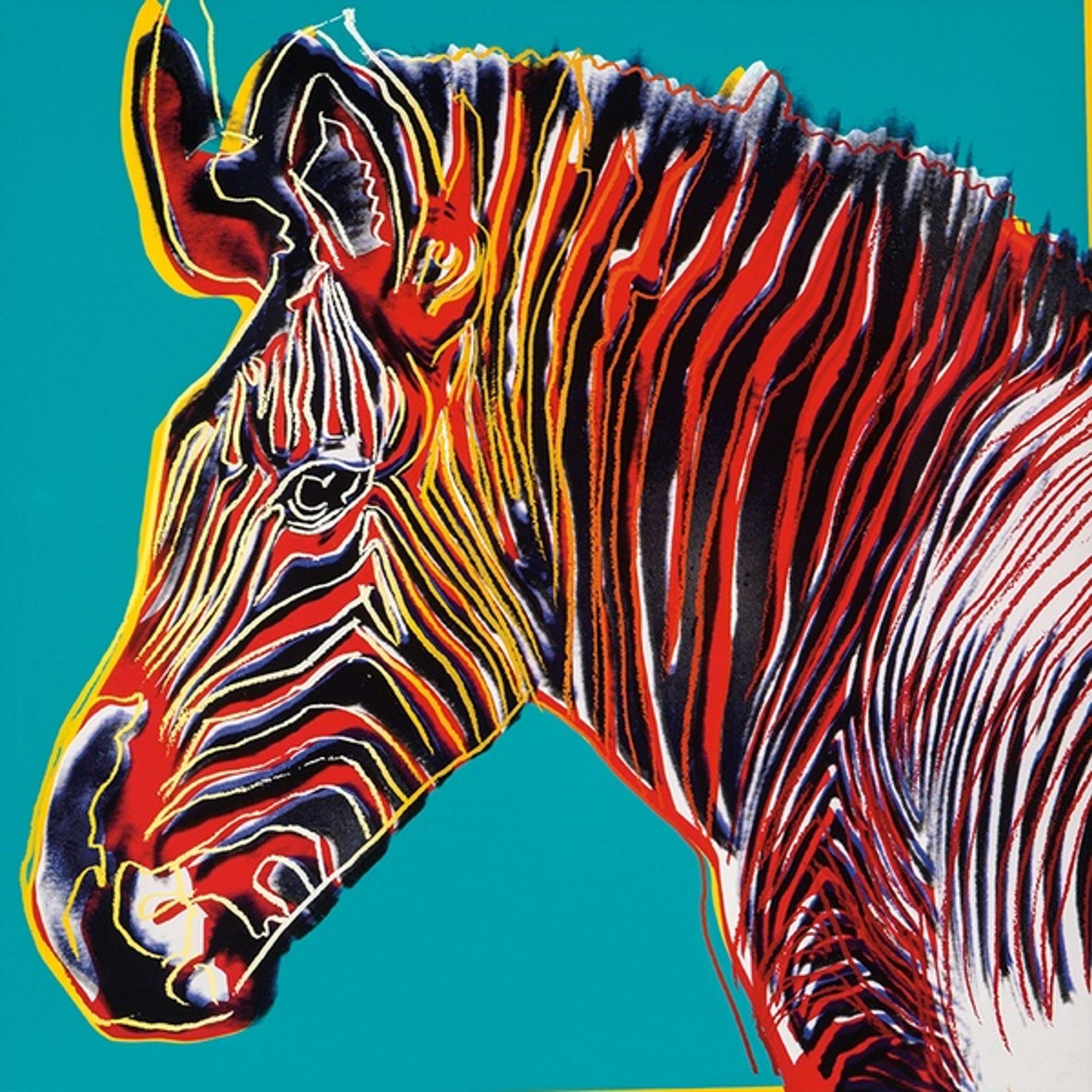Pop Art Prints & Editions: A Live Panel

 Liz © Andy Warhol 1964
Liz © Andy Warhol 1964Pop Art
1352 works
Our American Pop Print panel on 17th April 2024 explored the robust and enduring market for Pop Art prints. With a focus on the dynamic works of Andy Warhol, Jean-Michel Basquiat, Keith Haring, and Roy Lichtenstein, our specialists looked to the critical factors of provenance, condition, and authenticity that guide the valuation of these iconic pieces. This session highlighted the unique appeal and resilience of Pop Art, setting the stage for forthcoming auctions and sustained collector interest in this vibrant art segment.
Watch the complete American Pop Print Market panel here.
Chaired by Charlotte Stewart, MD of MyArtBroker, the panel featured insights from Louis Denizet, Acquisitions Specialist; Rebecca Marsham, Sales Director; and special guest Richard Polsky, a noted American Pop Art Authenticator. Together, they delved into the nuanced appeal of American Pop Art, emphasising its resilience in a fluctuating market and the crucial role of authenticity and provenance in appraising art. The discussion extended to the influence of mass-produced pop art imagery on collector behaviours and market values, reflecting on how such reproductions shape perceptions of original works.
What Defines American Pop Art and Sets it ApArt from Other Art Movements?
American Pop Art captures a distinctive cultural and artistic zeitgeist that continues to resonate across generations. Rebecca highlights the transformative impact of American Pop Art, where Warhol's representations of celebrities, such as Marilyn Monroe, have become more iconic than the celebrities themselves. This movement has not only marked an epoch in art history but also allowed collectors and investors to participate in a dynamically historic segment of the art world. Louis elaborates on the accessibility and universal appeal of Pop Art, noting its engaging and familiar subject matter that spans celebrity culture, consumerism, and political commentary. The accessibility of these themes makes Pop Art unique, bridging cultural and generational divides, and inviting a broad audience to connect with its deeper social critiques.
As Richard describes it, Pop Art was much more than just an artistic style—it was a profound state of mind. He reflects on the narratives of Ivan Karp, a key dealer who played a significant role in the success of American Pop Art, describing an electric atmosphere that united diverse artists under a groundbreaking movement. This unparalleled era in art history is characterised by a distinct feeling that something revolutionary was happening, which has not been replicated since.
Approaching Valuations in the Pop Art Print Market
In the meticulous process of valuing Pop Art prints, Louis emphasises the importance of a comprehensive evaluation that includes a thorough examination of the artwork’s images, provenance, and associated paperwork, which details the piece's history and previous ownership. This initial scrutiny is crucial as each valuation is inherently unique, influenced by a myriad of factors, underscoring the necessity of consulting with specialised experts in the field.
There are also intricacies involved in assessing the type of print, which significantly impacts its market value. The distinction between regular editions and special editioned proof prints, such as Trial Proofs, Printer's Proofs, Artist's Proofs, or Hors de Commerce prints (HC), is paramount. These special proofs, known for their lower edition numbers and rarity in the market, are particularly prized for their scarcity, which in turn drives their demand and value higher than regular editions.
Additionally, the condition of the print plays a critical role in its valuation. Collectors seek prints in optimal condition, and as such, all prints brokered through his guidance come with a detailed condition report prepared by a third-party. This ensures that every piece is scrutinised to maintain the highest standards of quality and collector satisfaction.
Establishing Authenticity in Pop Art Prints
When it comes to authenticating Pop Art print, which are some of the most forged works in the market, Richard’s ethos is “more is less”. He critiques the overuse of elaborate "certificates of authenticity" that aim to impress with excessive details and formal embellishments, which instead often result in a “comedy of errors.”
When authenticating a work, such as a Warhol Mick Jagger print - a notable piece signed by both Warhol and Jagger - Richard focuses on critical elements including the authenticity of the signatures, the print's dimensions, its colour fidelity, and its provenance. The latter, understanding a print's history and previous ownership, is pivotal in confirming its legitimacy. Richard stresses the importance of knowing the dealer or source when purchasing any artwork, as this knowledge is crucial in mitigating the risks of acquiring inauthentic pieces.
Is Authentication in Art Just a Gut Instinct?
Addressing the nuances of art authentication, Richard posits that the process is less about gut instinct and more about rigorous analysis. He poses two essential questions that guide his evaluations: “What does the object look like?” and “What is the object's back story?” While both are important, the physical inspection of the artwork—its comparison to other verified works by the same artist—stands as the most critical aspect. He elucidates that his fee for authentication, though seemingly steep for a quick service, is essentially a price for his 45 years of accumulated expertise and familiarity with the artist's authentic works.
From “Art World” to “Art Market”
Richard reflects on the significant transformation of the art landscape from the “art world” to the “art market,” a shift he observed firsthand during the pivotal mid-1980s. Initially drawn to American Pop Art at a time when collectors favoured artists like Jasper Johns, Richard witnessed a dramatic change as auction houses began to dominate and Japanese collectors entered the market with unprecedented enthusiasm.
Embedded deeply in the Ed Ruscha market, Richard navigated his career as an art dealer by focusing on identifying and promoting artists who were exceptional yet under-appreciated at the time. His guiding principle was always to ask himself, “What would I buy?” This strategy led him to make significant acquisitions, such as purchasing an original Andy Warhol painting, Baby Mao, from Ivan Karp for $4,500. This piece, bought during a period when Warhol's market value was still uncertain, was later sold for $20,000 following Warhol's death in 1987 - a testament to the unpredictable and often explosive nature of art valuations and the unpredictability of the art market.
How Has the Andy Warhol Print Market Evolved?
After the artist’s death, the Warhol market has grown to unprecedented heights. Particularly over the past seven years, the market has taken a trajectory that reached a new zenith following the 2022 sale of Shot Sage Blue Marilyn. This iconic Warhol piece not only fetched a record-breaking price but also became the most expensive piece of 20th-century art ever sold, underlining the unwavering interest in Warhol's works.
Rebecca observes that while the group of investors looking to acquire complete sets of Warhol prints is relatively small, there is a growing trend among clients who view the assembly of a full set as a worthwhile project. Despite this niche, the demand for individual prints remains robust, particularly for Warhol’s most celebrated series such as Mick Jagger, Marilyn Monroe, Queen Elizabeth from the Reigning Queens series, Flowers, and Campbell's Soup.
Looking ahead to 2024, Rebecca highlights emerging interest in some of Warhol’s lesser-known series - Ladies And Gentlemen, Kiku, and Cowboys And Indians. These collections are gaining recognition and appreciation, signalling a shift in collector interest towards broader aspects of Warhol's oeuvre. Warhol’s innovative use of silkscreening, which revolutionised the visual art form, remains a testament to his enduring relevance and dominance in the contemporary art market.
Pop Culture and Market Demand: Jean-Michel Basquiat & Keith Haring
Today, there is renewed burgeoning interest in iconic artists like Basquiat and Haring; their artworks have transcended traditional gallery spaces to become pervasive elements of everyday culture, appearing on items from gallery walls to affordable t-shirts in stores like Uniqlo and Primark. This widespread representation helps embed their work in the collective consciousness, amplifying their appeal and market demand.
Basquiat, in particular, is highlighted as a seminal figure who not only contributed to the Pop Art movement but also to Street Art, blending issues of identity, social justice, and historical under-representation. Despite the ubiquity of his images today, Basquiat's works retain a freshness and uniqueness that continue to captivate collectors and the public alike. Given the current market's strong preference for Street and Pop Art, the robust demand for Basquiat's pieces is both significant and expected.
The Future of the Pop Art Market
Looking ahead, the market for Pop Art remains vibrant and full of potential. A prime example of this promising future is the upcoming sale of a rare collaborative piece by Jean-Michel Basquiat and Andy Warhol, Untitled (1984), which is poised to fetch an impressive $18 million at Sotheby's in May. This significant auction piece exemplifies the dynamic synergy between two of Pop Art’s most influential figures and serves as a beacon for the robust interest and high valuation that American Pop Art continues to command in the global art market.
The panel’s insights and the anticipated high-profile sale not only reflect the current enthusiasm for Pop Art but also signal a prosperous future for this segment of the art market, which continues to captivate and intrigue collectors and investors alike.















